Exploring unique natural landmarks offers a chance to connect with nature’s most awe-inspiring creations. From towering cliffs to vibrant coral reefs, these wonders captivate and inspire. However, visiting them responsibly is crucial to preserving their beauty for future generations. This guide highlights some of the world’s most extraordinary natural landmarks and provides tips for sustainable travel.
Grand Canyon, USA
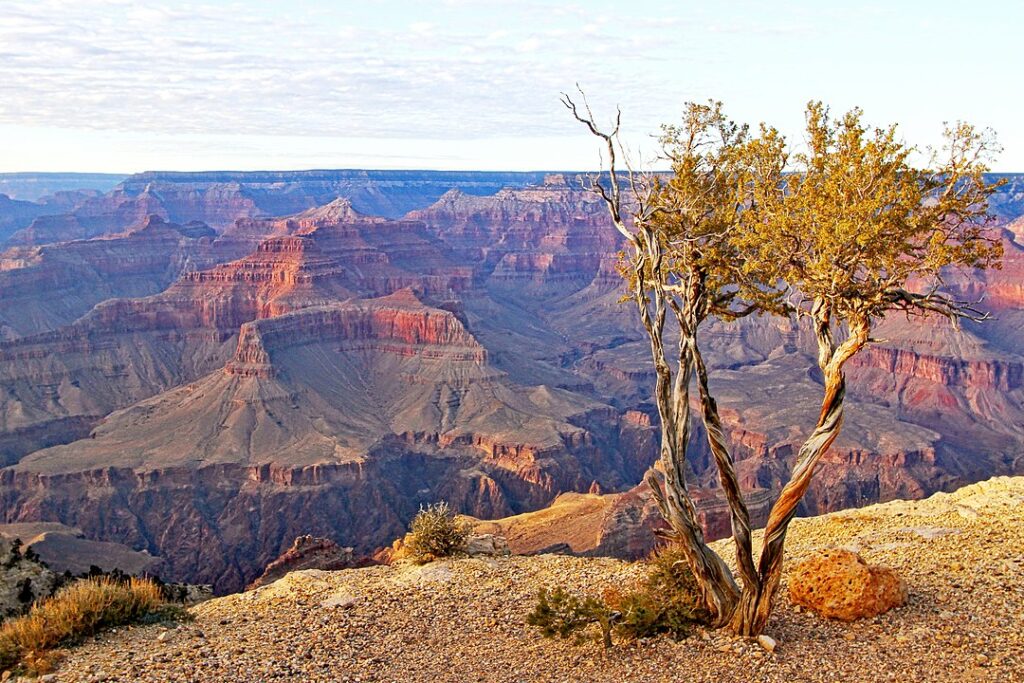
The Grand Canyon, carved by the Colorado River, is renowned for its immense size and intricate rock formations. To visit responsibly, stay on marked trails to prevent erosion, pack out all trash, and use shuttle buses to reduce vehicle emissions. The park offers recycling bins and refillable water stations to minimize plastic waste.
Great Barrier Reef, Australia
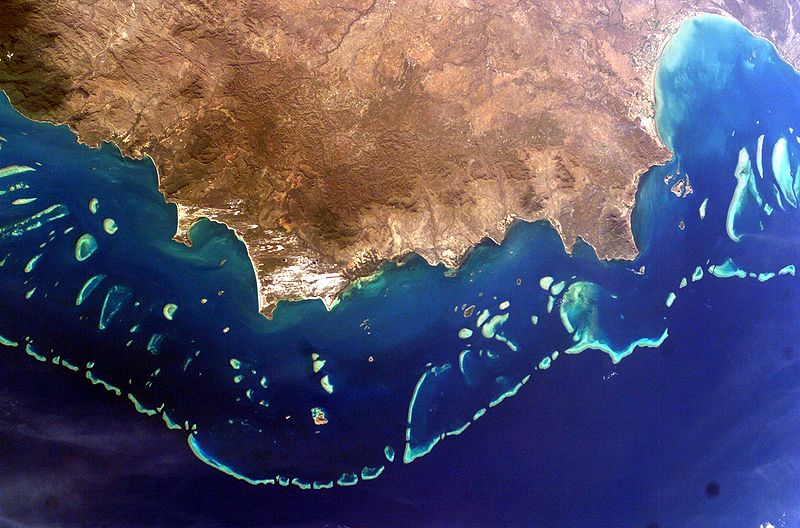
The Great Barrier Reef is the world’s largest coral reef system, home to diverse marine life. Visit responsibly by choosing eco-certified tour operators, avoiding touching the coral, and using reef-safe sunscreen to prevent chemical damage. Participate in beach clean-ups and support reef restoration projects.
Aurora Borealis, Norway
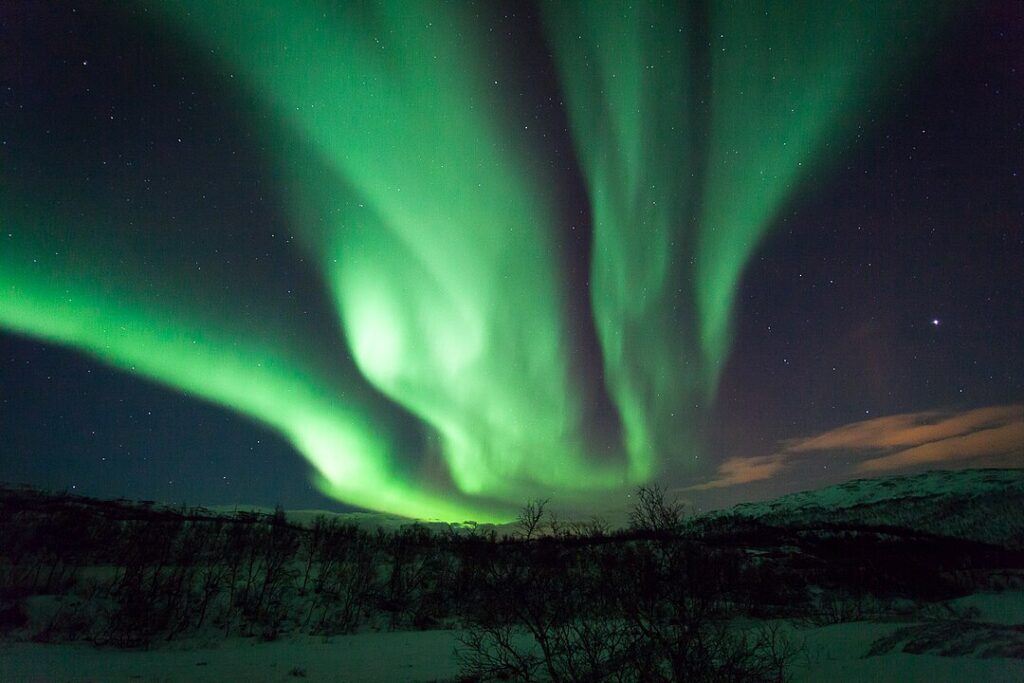
The Aurora Borealis, or Northern Lights, offers a mesmerizing light show in the Arctic skies. To visit responsibly, choose operators that focus on low-impact activities like dog sledding and snowshoeing. Respect local wildlife and avoid disturbing their natural habitat during your visit.
Victoria Falls, Zambia/Zimbabwe
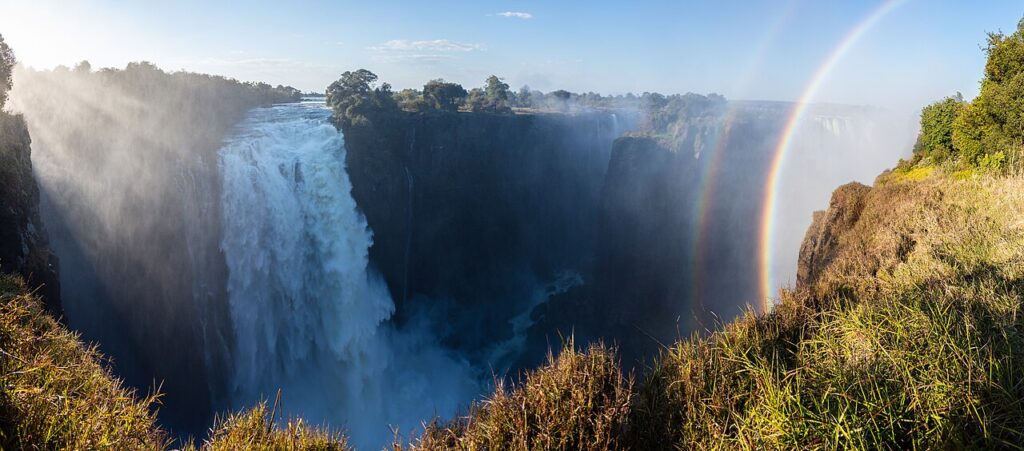
Victoria Falls, one of the world’s largest waterfalls, is known for its powerful flow and mist. Visit during the dry season to reduce the impact on the ecosystem. Stick to designated viewing areas, support local conservation efforts, and avoid littering to protect this natural wonder.
Galápagos Islands, Ecuador
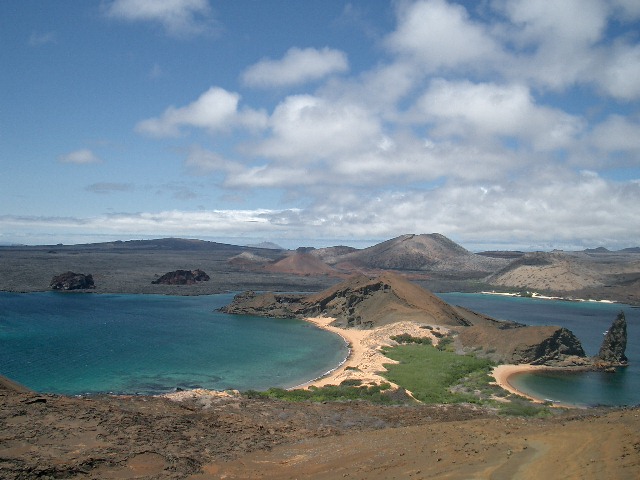
The Galápagos Islands boast unique biodiversity with species found nowhere else on Earth. Choose responsible tour operators that follow strict guidelines to minimize human impact. Stay on marked paths, avoid feeding wildlife, and participate in conservation programs to help preserve the islands’ fragile ecosystem.
Mount Everest, Nepal/Tibet

Mount Everest, the world’s highest peak, attracts adventurers from around the globe. To visit responsibly, join expeditions that follow sustainable practices, such as waste removal and minimizing pollution. Respect local customs and contribute to community-based tourism initiatives.
Antelope Canyon, USA
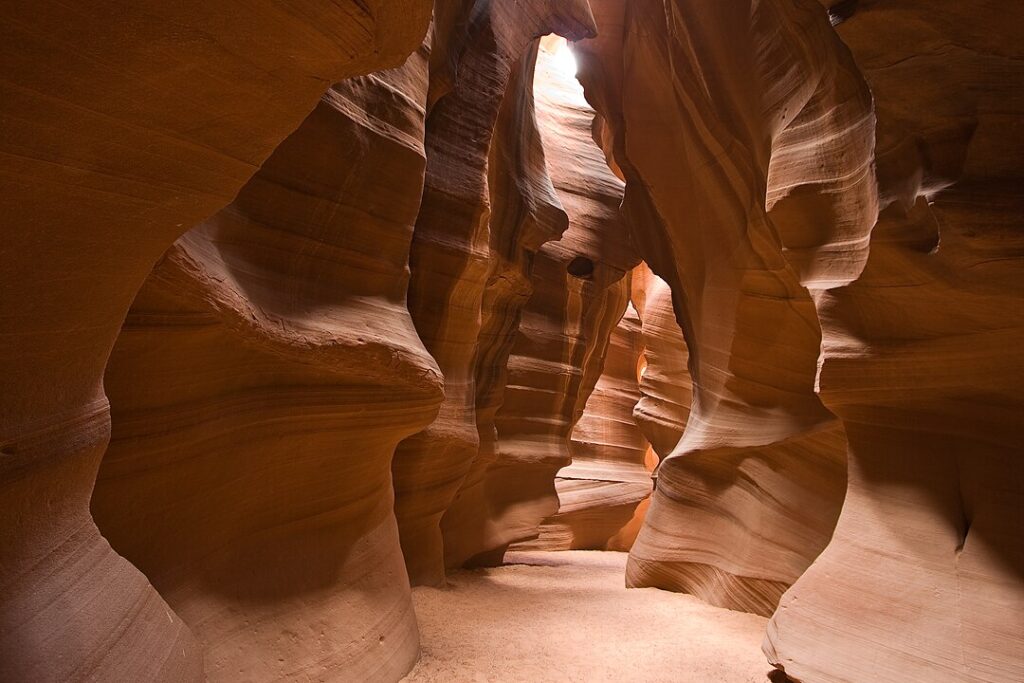
Antelope Canyon, famous for its stunning slot canyons and light beams, requires careful visitation. Join guided tours that limit group sizes to reduce erosion and overcrowding. Refrain from touching the sandstone walls and follow all guidelines to protect this delicate environment.
Plitvice Lakes, Croatia
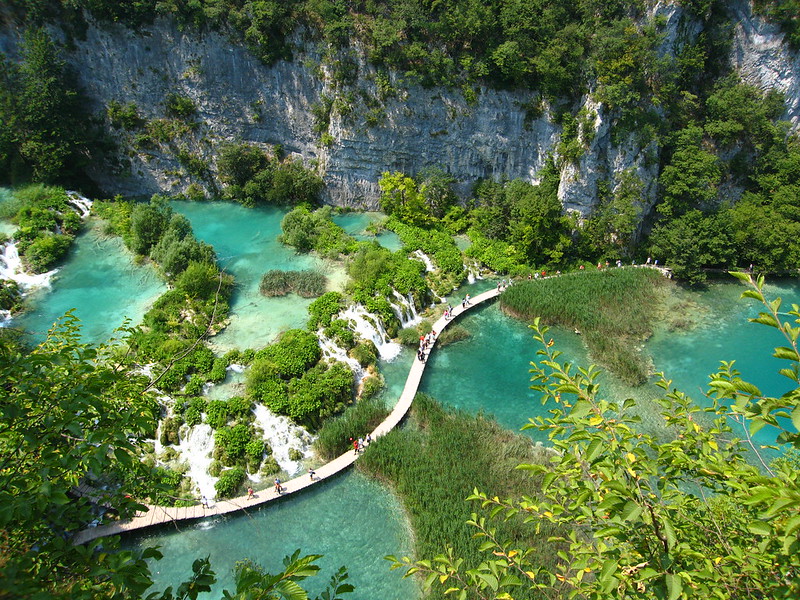
Plitvice Lakes National Park features cascading lakes and lush forests. Visit responsibly by sticking to marked trails and boardwalks to prevent damage to vegetation. Avoid swimming in the lakes, dispose of trash properly, and support local conservation efforts by paying park fees.
Moraine Lake, Canada
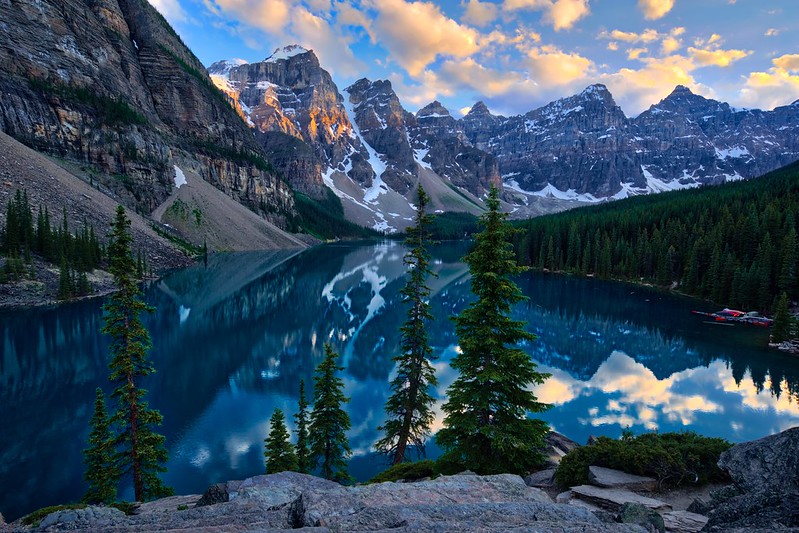
Moraine Lake, with its striking turquoise waters, is a highlight of the Canadian Rockies. Visit during off-peak hours to reduce overcrowding and follow Leave No Trace principles. Use shuttles to access the lake and support local conservation initiatives to maintain its pristine condition.
Mount Kilimanjaro, Tanzania
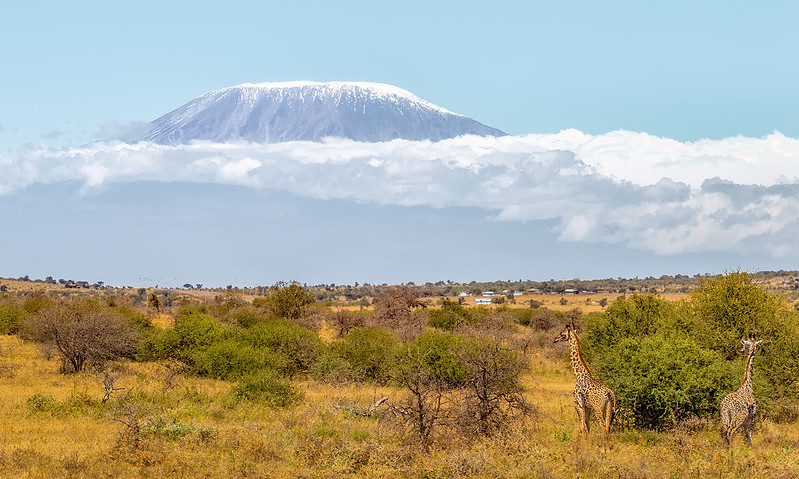
Mount Kilimanjaro, Africa’s highest peak, offers a challenging and rewarding climb. Choose trekking companies that practice sustainable tourism, such as proper waste management and fair treatment of porters. Respect the mountain’s environment by staying on established routes and minimizing your ecological footprint.
Salar de Uyuni, Bolivia

Salar de Uyuni, the world’s largest salt flat, provides otherworldly landscapes. Visit responsibly by traveling with eco-conscious tour operators that prioritize sustainable practices. Avoid littering, respect local communities, and support initiatives that protect this unique environment.
Ha Long Bay, Vietnam
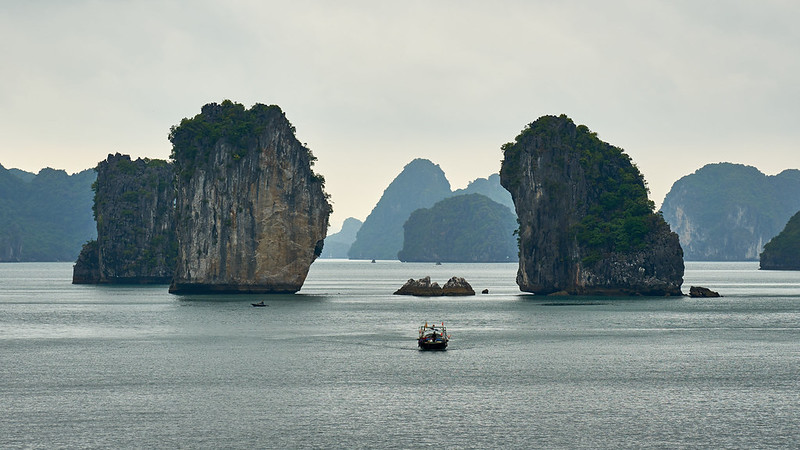
Ha Long Bay, known for its emerald waters and limestone islands, is a UNESCO World Heritage Site. Choose boat tours that follow environmental guidelines, such as waste management and reducing plastic use. Avoid anchoring on coral reefs and participate in local clean-up activities.
Iguazu Falls, Argentina/Brazil
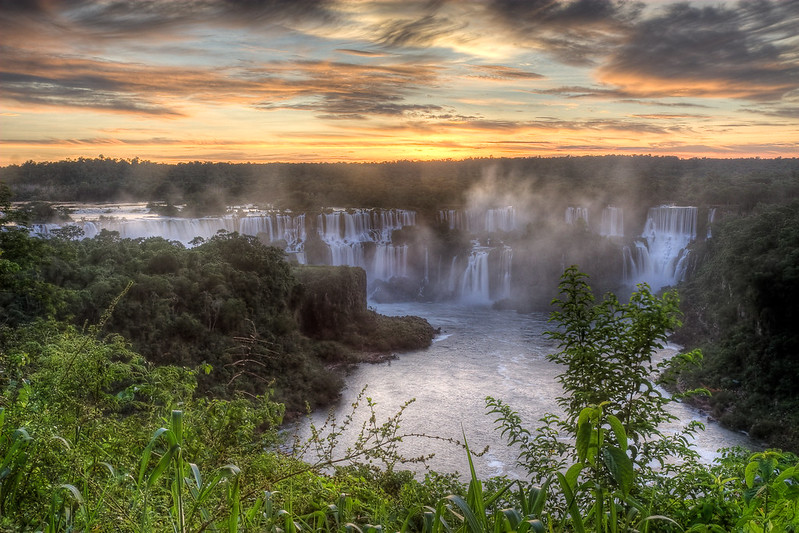
Iguazu Falls, one of the largest waterfall systems in the world, spans two countries. Visit during less crowded times to minimize impact and stick to designated paths. Use reusable water bottles and bags, and support local conservation projects to help preserve the area.
Uluru, Australia
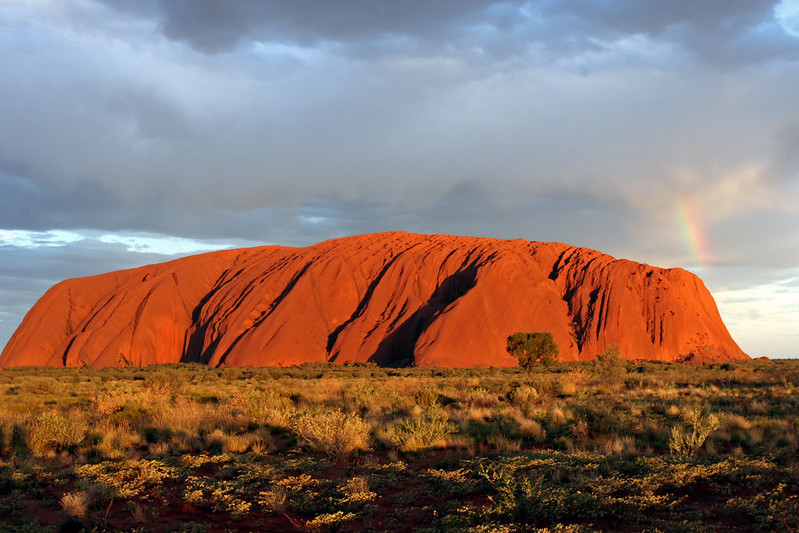
Uluru, a massive sandstone monolith, holds cultural significance for the Indigenous Anangu people. Visit respectfully by following the guidelines set by the local community, such as not climbing the rock and staying on marked trails. Learn about the area’s cultural history and support Indigenous tourism initiatives.
Pamukkale, Turkey
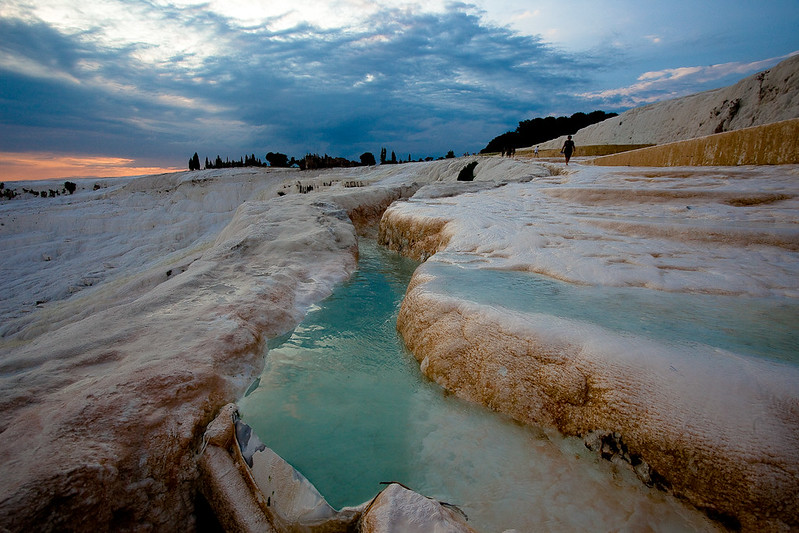
Pamukkale’s terraces of white mineral-rich waters are a unique geological formation. Visit responsibly by walking only in designated areas to prevent damage. Avoid using soap or other chemicals in the thermal pools and support local conservation efforts to maintain the site’s integrity.
Yellowstone National Park, USA
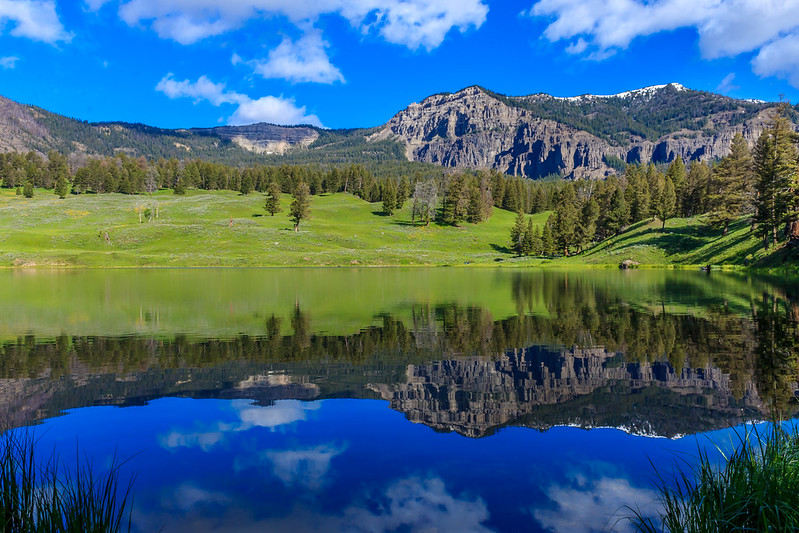
Yellowstone, the first national park in the world, is known for its geothermal features and wildlife. Stay on boardwalks and marked trails to protect delicate ecosystems. Use bear-proof containers for food, follow park regulations, and participate in wildlife conservation programs.
Banff National Park, Canada
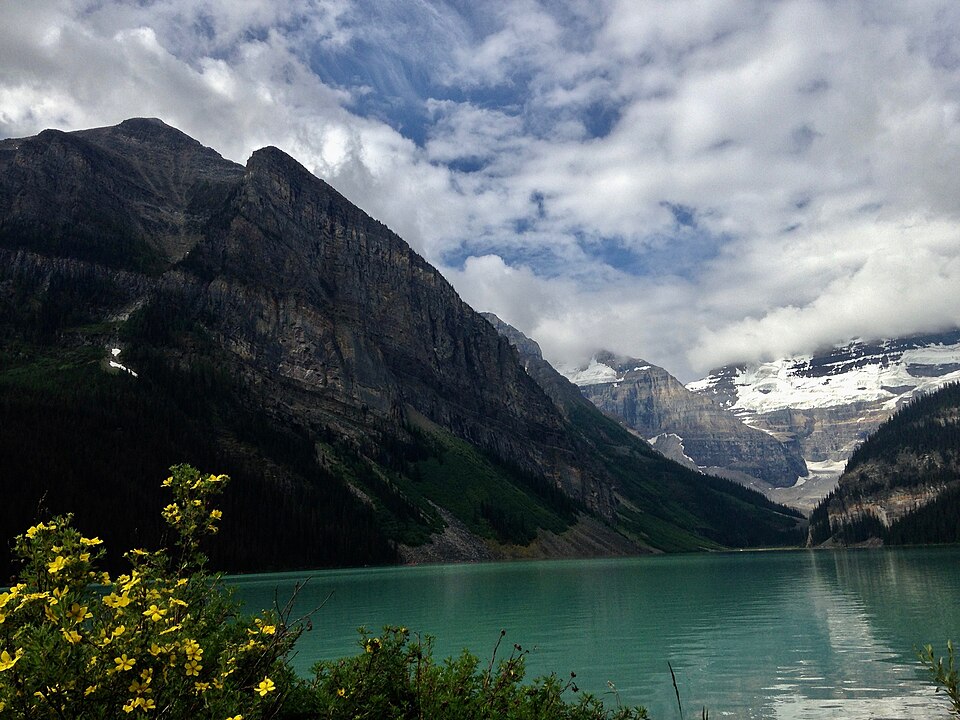
Banff National Park features stunning mountain landscapes and diverse wildlife. Visit responsibly by adhering to park guidelines, such as staying on trails and not feeding wildlife. Use public transportation within the park, support conservation initiatives, and participate in educational programs.
Santorini Caldera, Greece
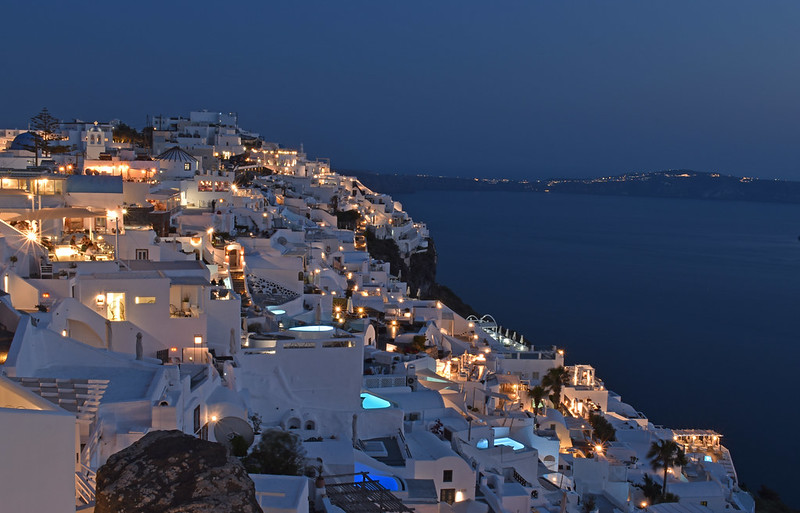
The Santorini Caldera, formed by a volcanic eruption, offers breathtaking views and unique geological features. Visit responsibly by staying on designated paths, avoiding littering, and supporting local efforts to preserve the caldera’s natural beauty. Choose eco-friendly accommodations and participate in local cultural activities.
Fiordland National Park, New Zealand
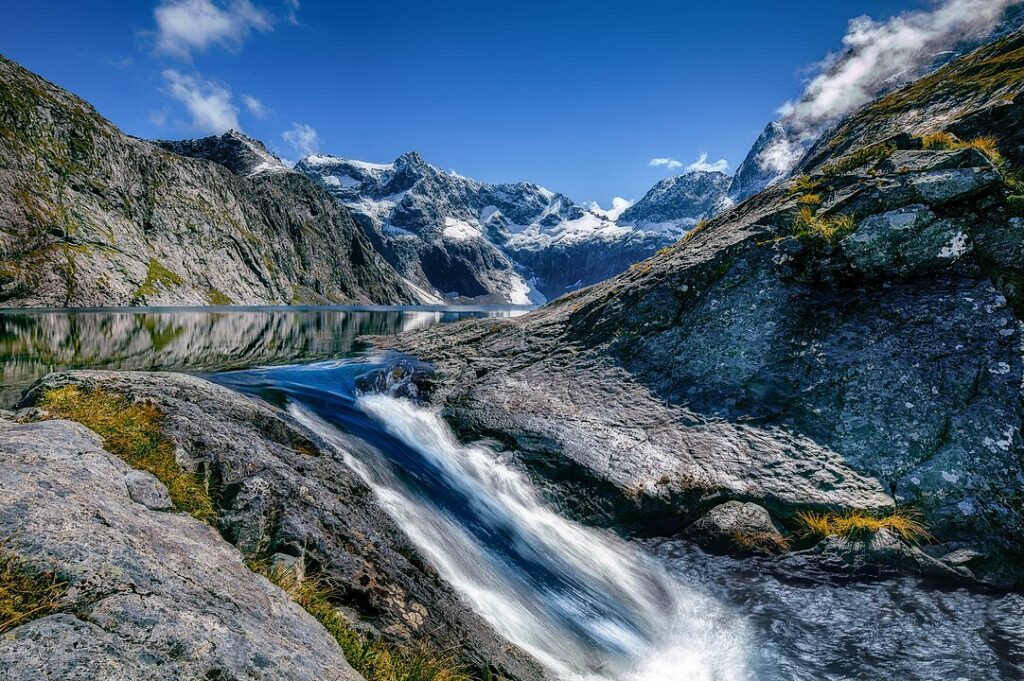
Fiordland National Park is known for its dramatic fjords, waterfalls, and rainforests. Visit responsibly by sticking to marked trails and using eco-friendly transportation options like kayaking or hiking. Support conservation projects and respect wildlife by keeping a safe distance.
Serengeti National Park, Tanzania
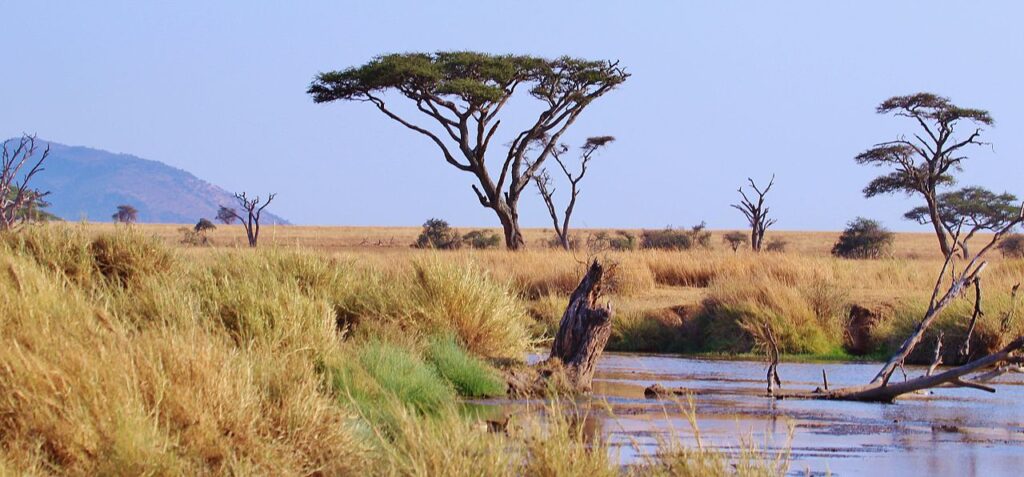
The Serengeti is famous for its annual wildebeest migration and diverse wildlife. Choose safari operators that prioritize sustainable tourism practices, such as minimizing vehicle emissions and supporting local communities. Follow park rules, avoid disturbing animals, and participate in conservation programs.
Cliffs of Moher, Ireland
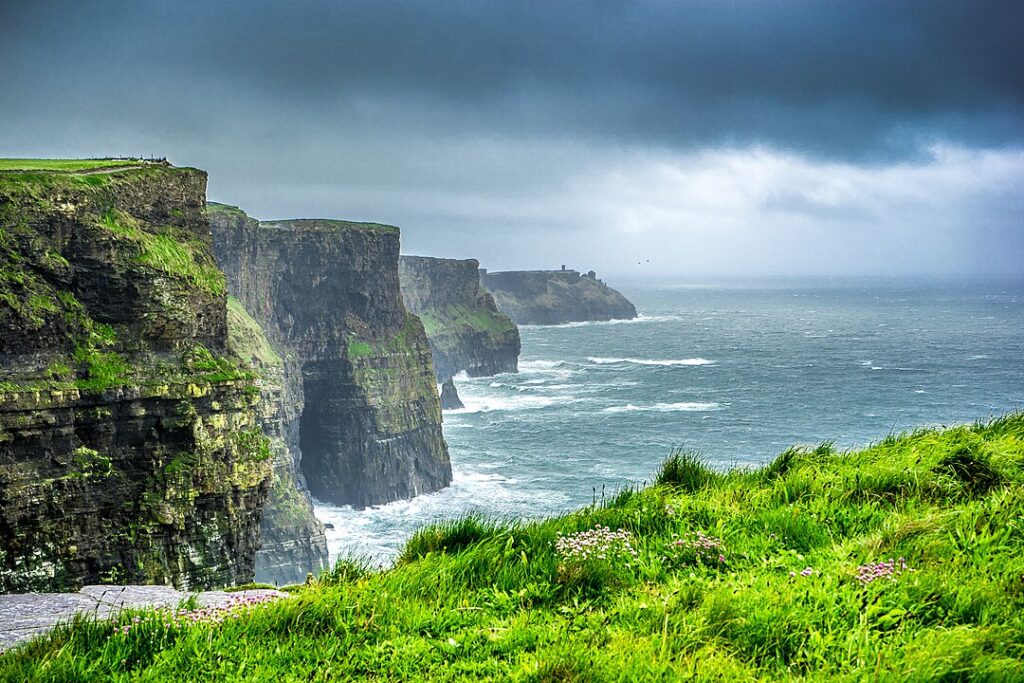
The Cliffs of Moher offer stunning views of the Atlantic Ocean and are home to diverse bird species. Visit responsibly by staying on marked paths to prevent erosion, avoiding littering, and supporting local conservation efforts. Use public transportation to reduce your carbon footprint and participate in educational tours.
This article originally appeared on UnifyCosmos.
More from UnifyCosmos
21 Must-Have Crafting Tools for DIY Lovers

Embarking on do-it-yourself projects is not only fulfilling but also a fantastic way to explore your creativity. However, having the right crafting supplies is essential to ensure your projects turn out beautifully. Read More
23 Insightful Facts on Environmental and Conservation Concerns
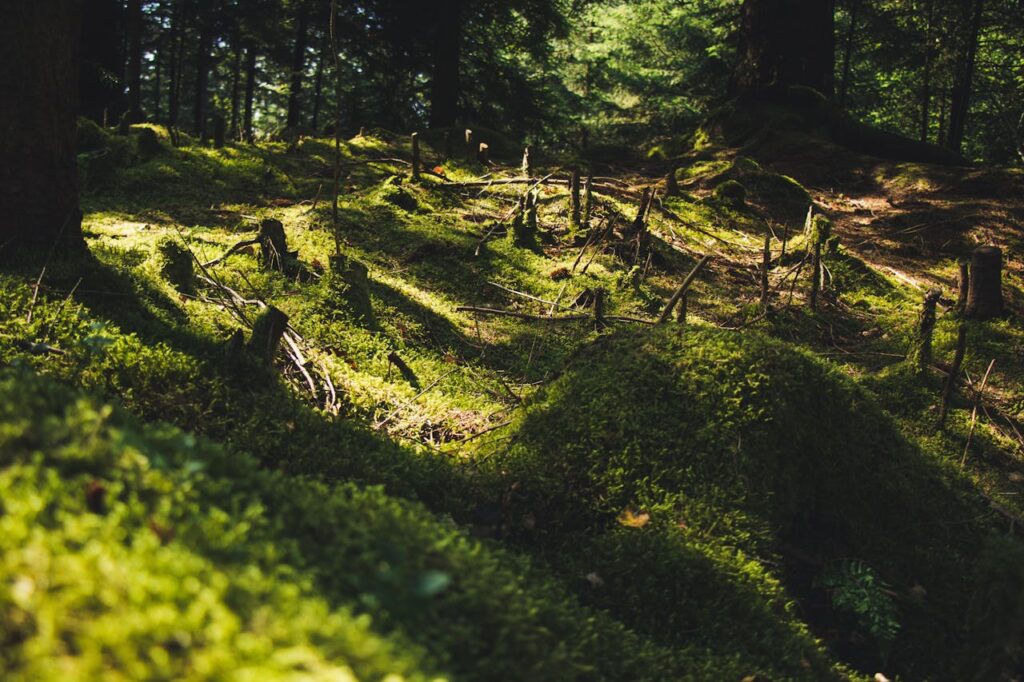
In today’s world, environmental issues and conservation efforts have become crucial topics that demand our attention. From climate change and pollution to endangered species and habitat destruction, the challenges facing our planet are vast and complex. Read More
24 Ingredients You Should Always Have in Your Kitchen

Having a well-stocked kitchen is the key to preparing delicious and nutritious meals with ease. Whether you’re a seasoned chef or just starting, certain ingredients are essential for creating a variety of dishes. Read More
Leave a Reply